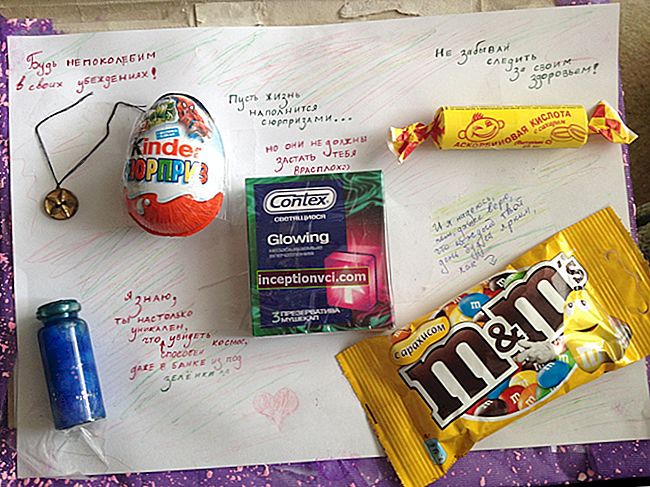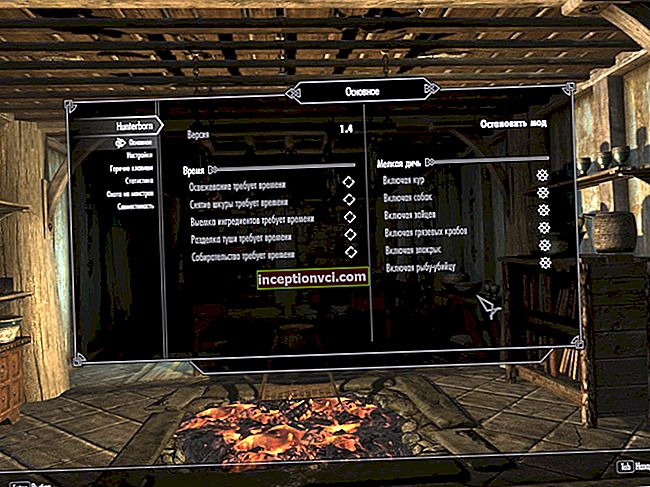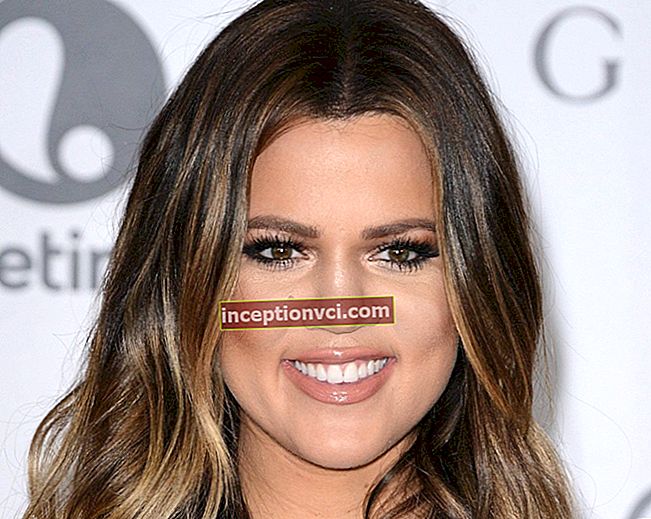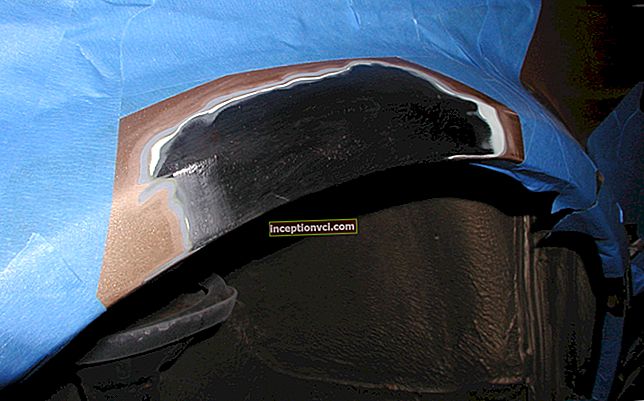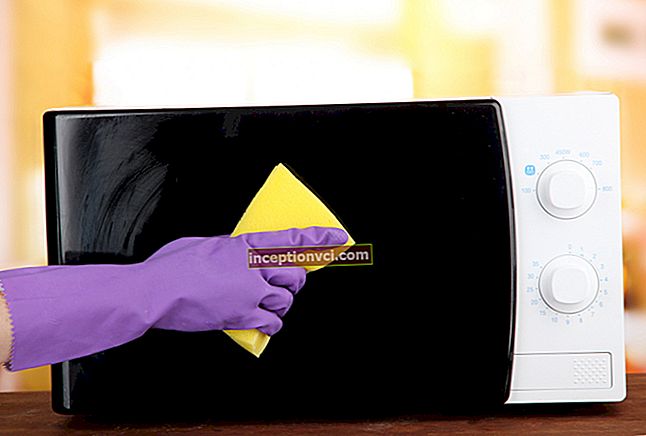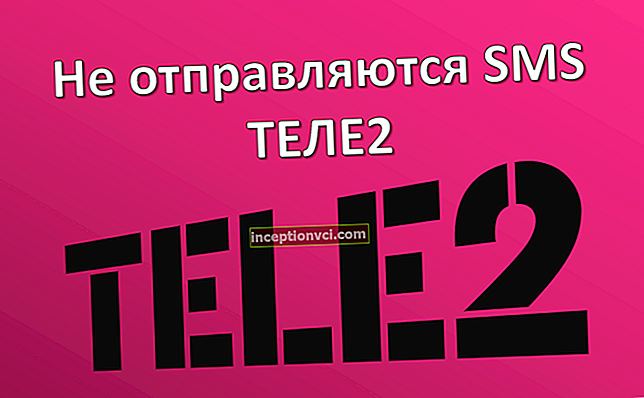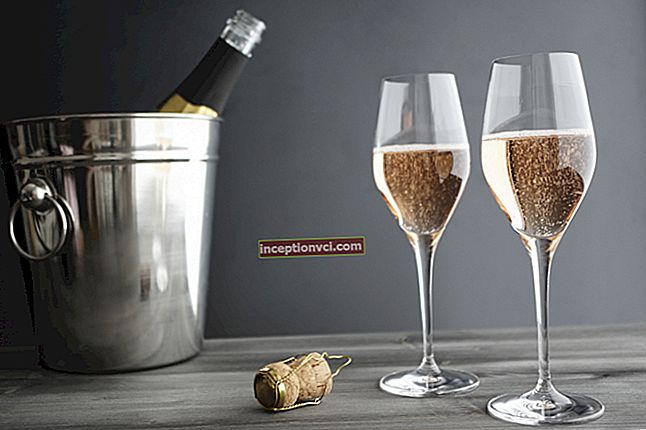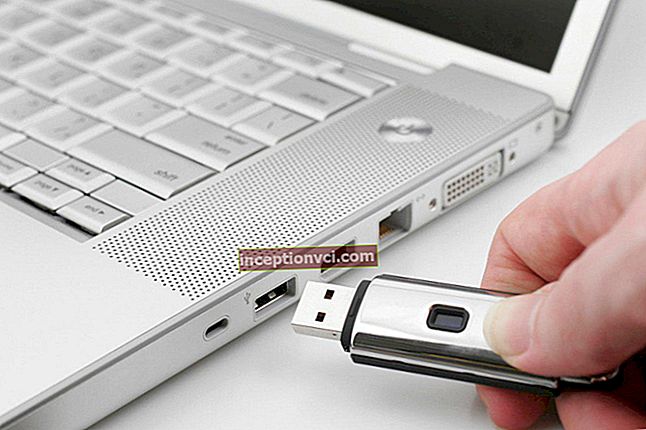Digital Backdrops: Peaceful Revolution
Most amateur photographers try to compare the performance of their digital cameras with traditional 35mm film cameras. But professional photographers working only with medium format are considering only one way to go digital - purchasing a digital back for their favorite medium format camera.
Medium format cameras use 60mm film. It is inserted into a removable cassette, which is then attached to the back of such a camera. The shooting technique with the use of a digital back has a lot in common with the "cassette version". The only difference is the presence of a special module based on an electronic sensor, and not a cassette with a film. Plug it into your computer to view and edit images, and your professional medium format digital photography tool is ready.
All digital backdrops can be divided into two categories: some are intended solely for studio work, while others can be used in an on-site photo shoot.
Features of digital backs
Not all digital backs function in the same way. In some of them (for example, the Phase One H5 model), the ability to preview images directly on the camera is not provided. To do this, the device must be connected to the computer via the Firewire port. In addition, Phase One uses an external power supply. Of course, you can purchase a long interconnect cable to connect to the workstation's Firewire port, but this option is only intended for studio use. The DCS Pro Back Plus from Kodak, on the other hand, has a built-in LCD display that allows you to view photos on the spot. The internal power supply and buffer memory make it possible to use this model independently, eliminating the need for constant communication with a computer. All images can be recorded on CompactFlash memory cards. Backs of this type can work outside the studio.
Medium format cameras use film that has a frame area of approximately 3.5 times that of 35mm. Medium format frames are 6 cm wide and range from 4.5 to 7 cm high (depending on the specific type). The larger the frame, the more detail the image contains, and, accordingly, the higher its commercial value. If we compare the sensors of digital SLR cameras and digital backs, then the situation is similar. Until recently, the matrix resolution of most professional SLR cameras did not exceed 12 megapixels (for example, for Canon 1DS), while digital backs are capable of producing 16-, 22-megapixel images (Imacon FlexFrame 4040 and Phase One H25, respectively) and even more. Naturally, with such sensor characteristics, the image file sizes are huge (over 100 MB). However, in this case, very few pictures can be stored on memory cards (depending on the size and resolution). Therefore, it is much preferable if, when shooting, the digital back dumps data directly to the computer and the photo session is limited only by the capacity of the hard disk.
Work in the studio
The principles of using digital backs in a photo studio are similar to shooting on standard medium format film. The main set of necessary accessories remains unchanged, only a workstation is added (if its presence is a prerequisite for the full functioning of a digital back). No special digital medium format accessories are required: just set up your camera, set the lighting, and start shooting. Attaching a digital back to your camera is easy.Some of them, such as the Phase One H101, are designed specifically for a particular medium format camera model (in this case, the back is designed for the Hasselblad H1 model). Sometimes backs can be combined with a range of medium format cameras using special adapters, which are usually made by the digital module manufacturers themselves. Do not forget that some "purely studio" backs are not capable of dumping images onto memory cards and must be connected to a computer via the FireWire port. Flash synchronization is also carried out through a connection with a computer, or is regulated by the camera itself.
Choosing a model
When deciding whether to purchase a particular backdrop, first determine whether it will be compatible with the workstation you are using. Certain models are suitable for both PC platform supporters and Apple Macintosh enthusiasts. However, today there are a large number of backs that are exclusively compatible with Apple computers. Also check what types of laptops your chosen model can handle. After all, having a laptop, a studio backdrop from a number of manufacturers can be used when shooting on location.
In many modern digital backs, two shooting modes are implemented: single-frame and multi-frame. But you must not confuse the latter with the continuous shooting mode, which is familiar to many from 35mm film cameras. By the way, the continuous shooting mode is also implemented in some digital backs. Of course, the shooting speed with the help of such devices is not high - about one frame every 2-3 seconds - and does not imply the shooting of dynamic scenes. But for landscape photographers, this speed is more than enough. This parameter varies in different models and is mainly due to the size of the buffer memory and the speed of writing to non-volatile media. This can be a CompactFlash card, MicroDrive, or a computer hard drive. Data recording can also be done in different ways. In some models, information is transferred from the sensor first to the internal buffer memory, in others, the images are recorded directly to an external source. In the continuous shooting mode, many modern backdrops are capable of working out 4 or more frames in a row at a speed of approximately 1-1.5 frames / sec.
Nearly all models come with their own software that allows you to review footage immediately after the shutter button is pressed. The time it takes to transfer the image from the camera to the computer depends on the size of the transferred file and the power of the computer itself. Once the snapshot is on your hard drive, you can safely put it in the hands of image processing programs such as Adobe Photoshop.
Something about the FireWire protocol
The fast FireWire interface was developed by Apple in the mid-1990s to connect digital cameras, scanners, mobile phones, and other devices to a computer. The data transfer rate through the FireWire protocol is capable of up to 400 Mb / s, which significantly exceeds the capabilities of the USB 2.0 cable connection. This protocol has already become a cross-platform standard and has been adopted by manufacturers such as Sony, Canon, Kodak, etc.
Quality not only available in the studio
While digital backdrops can indeed provide an alternative to traditional medium format film cassettes in the studio, many professionals work in the field. Take, for example, photographers who specialize in photographing weddings or landscapes. Digital technology has challenged the medium format film industry in this area as well. Do you want to work outdoors? No problems.
Leaf, for example, has started using the DP-67 Pocket PC along with the new Valeo series of digital backs. This mini-computer with a 6x7 cm display has already been dubbed by the creators as a “personal photo assistant”. It is convenient to view photos, set exposure, check the histogram and perform many useful manipulations on it.By far the most important is your digital module's compatibility with major camera manufacturers including Hasselblad, Mamiya, Contax and Bronica. For some cameras, it is attached directly to the back panel, while for others it is connected through special adapters produced by the manufacturer. But it's even better to use a “specialized” back designed for use exclusively with a particular model of medium format camera. After all, adapters, even the most advanced ones, are not held in high esteem by professionals. For example, Phase One manufactures three different versions of its H10 digital back for the following cameras: Mamiya 645AF, Contax 645 and Hasselblad V500.
Single-frame and multi-frame modes
It is quite easy to confuse the continuous shooting mode of traditional film DSLRs and the multi-frame shooting mode used in medium format digital backs. They are actually two completely different functionalities. By setting single-frame mode, you tell the camera to shoot using a single exposure, just like a conventional 35mm SLR camera. The multi-frame function is based on a different operating principle. In sensors of digital backs, as in all the others, the pixels are arranged in a matrix, and the filters are grouped in a checkerboard pattern. There are twice as many green filters as red or blue filters. The order is such that the red and blue filters are between the green ones. This quantitative ratio is explained by the structure of the human eye - it is more sensitive to green light. When the recorded data from the sensor is transmitted to the computer, the program makes up for the lack of information on the red and blue pixels at the expense of neighboring pixels. This means only one thing: the image will inevitably lose a small part of the color information. In multi-frame mode, the camera works out three exposures for each group of filters separately: green, blue and red. Then the data is overlaid and a composite image is formed without the loss of data accompanying the single-frame mode. Of course, working according to such a scheme, the camera will process information for a rather long time before it "collects" one image, and therefore this mode can be effectively used only for still life shooting and advertising photography.
Camera compatibility with digital modules
There are two main types of cameras using 60mm film: the first are equipped with a shaft viewfinder and operate from a tripod, the second are autofocus models with a viewfinder located at an angle of 90 ° to the frame surface (similar to traditional 35mm SLR models). Next, we will focus on the main manufacturers of medium format cameras, their models and backs compatible with cameras.
Hasselblad

The H1 is Hasselblad's first autofocus medium format camera. There are several compatible digital backs on the market today. The Kodak Pro Back 645H and Phase One H101 have become very popular. The latter is intended to be used exclusively with the H1. The 500 Series cameras can now be compatible with virtually all digital backs. Additional information can be obtained on the company's website.
Mamiya

The 645AFD is an improved version of the older 645 AF. The company has implemented a number of innovations in the camera, including flash exposure compensation, metering lock and manual bracketing. The 645 ProTL is also compatible with a range of digital backs.
Contax

The flagship Contax 645 medium format autofocus cameras can dock with multiple backs including the MegaVision S427 and S4, Phase One H10 and Eyelike Precision MF.
Bronica

Bronica's 645-format main camera is ETRSi. This medium format model is compatible with Leaf C-Most, Phase One H20, H10 and H5 modules, as well as Kodak Pro Back Plus. Most MegaVision backdrops will work as well.
Fuji

Fujifilm manufactures the GX680 III medium format camera that is compatible with a variety of digital backs. In addition to the 6x4.5 cm format, you can also shoot in 8xb cm, 6x7 cm and 6x6 cm formats.
